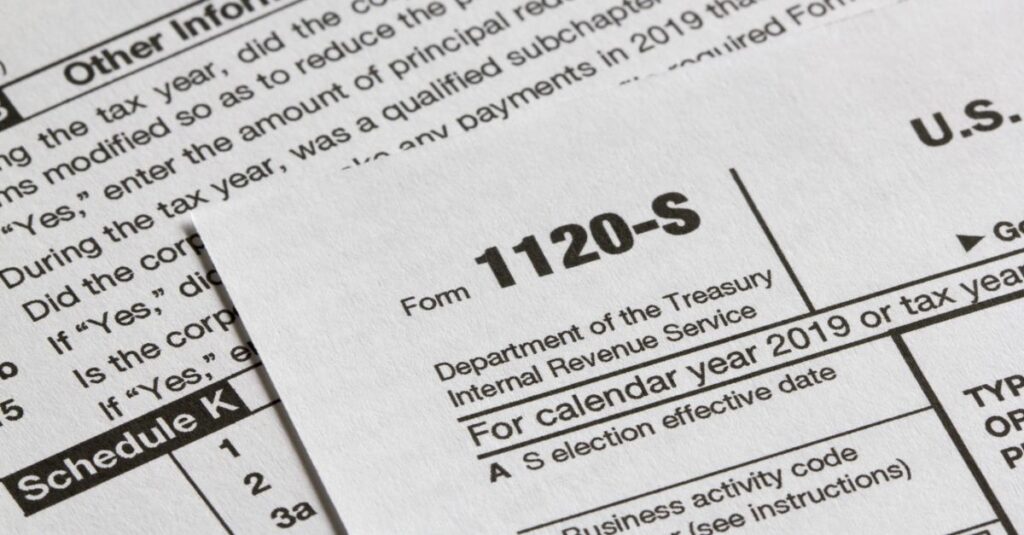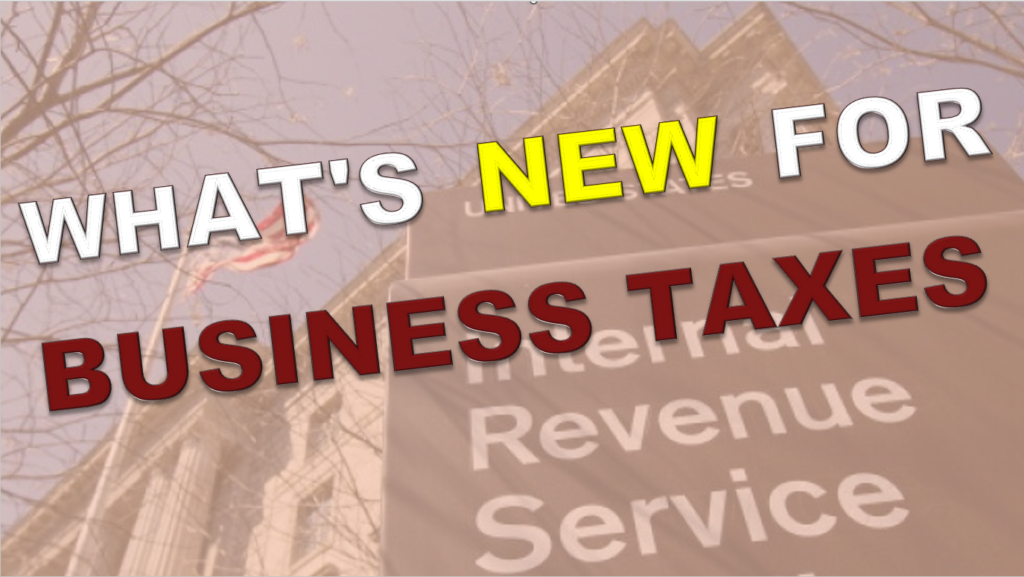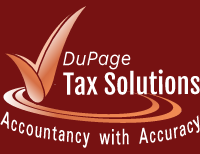
Tax and Accounting Services
About DuPage Tax Solutions
DuPage Tax Solutions is located in Naperville, IL. Our clients are mostly residents and small businesses within the Chicago metropolitan area – DuPage, Cook, Will, and Lake counties. Our remote work capabilities allowed us to extend our services nationwide. Today, we pride ourselves in having clients from all 50 states. Our virtual services are fast, easy, and convenient. Clients submit and review documents electronically through our secured online portal.
What’s New for Business Taxes?

Before filing taxes this tax season, it’s important for business owners to know what’s new for business taxes for 2023 and take advantage of the available deductions and credits. While some tax deductions are drawing back, the Inflation Reduction Act and SECURE 2.0 Act offer eligible businesses new and expanded tax credits and new deductions for retirement plans and going green.
Home » What’s New for Business Taxes?
New updates to business Tax Deductions
Bonus Depreciation Decreases to 80%
Bonus depreciation accelerates depreciation by depreciating a percentage of an asset’s cost in the year it is placed in service. Importantly, the Tax Cuts and Jobs Act (TCJA) of 2017 temporarily allowed businesses to write off certain acquired and placed-in-service properties by enacting 100 percent bonus depreciation. However, starting in 2023, the bonus depreciation is 80% and will decrease by 20% each year until 2027, when it is planned to expire.
Business Meals Tax Deduction Limit Changes Back to 50%
Meals were temporarily 100% deductible for 2021 and 2022 due to the COVID-19 pandemic. Since the pandemic is over, the tax law reverted the business meals tax deduction to only 50% for 2023.
Enhancement of Energy-Efficient Commercial Buildings Deduction
The deduction is for businesses that place energy-efficient properties in service. Significantly, the Inflation Reduction Act increased the deduction businesses can receive per square footage of qualified energy-efficient renovation. Additionally, eligible tax-exempt organizations can also claim the deduction.

New updates to Business tax Credits
Retirement Plans Startup Costs Tax Credit
The plan costs credit covers a percentage of the costs of starting retirement plans like 401Ks, SEPs, or SIMPLE IRAs.
The tax law requires:
- Businesses to have 100 or less employees.
- At least one plan participant be a non-highly compensated employee (NHCE). A NHCE is an employee who made less than $135,000 in the prior year, 2022.
Specifically, the annual amount of the credit is the greater of $500 or $250 per NHCE, up to $5,000 for the first three years.
For businesses with up to 50 employees, the SECURE 2.0 Act increased the credit from 50% to 100% of retirement plan startup costs.
For businesses with 51 to 100 employees, the tax credit remains at 50% of startup costs.
❗ IMPORTANT: The credit reduces the deductible amount for retirement plan costs by its amount. For example, if a business claims a $500 credit for $2,000 of startup costs for retirement plans, the deductible amount of those expenses is $1,500.
New Employer Contribution Tax Credit
The SECURE 2.0 Act enables businesses to receive a tax credit for making matching or profit-sharing contributions to new employee retirement plans.
Currently, the rules allow:
- Businesses with up to 100 employees to claim the credit,
- The amount to be based on the number of employees and years the plan has existed.
Businesses with 50 or fewer employees can earn the following credit per year:
- First two years: 100% of employer contributions
- Third year: 75%
- Fourth year: 50%
- Fifth year: 25%
For businesses with 51-100 employees, the credit is reduced by 2% per employee over 50 employees. For example, an eligible business with 60 employees could claim a credit of 80% of employer contributions in the first year (100% – (60 – 50) x 2%).
Presently, the maximum credit is $1,000 per employee earning $100,000 or less per year. Moreover, like the retirement plans startup costs tax credit, the credit reduces the deductible retirement expenses by its amount.
New Military Spouse Tax Credit
Businesses that hire military spouses can claim a maximum credit of $500 for three years for each spouse who participates in a retirement plan. Specifically, the tax credit equals $200 per military spouse and 100% of all employer contributions of up to $300.
In summary, the SECURE 2.0 Act requires the following for the credit:
- The spouse must be eligible for the employer’s retirement plan within two months of their starting date.
- When the spouse is eligible for a retirement plan, they must be eligible for any matching or nonelective contributions that they would otherwise be qualified for at two years of service.
- The spouse must be 100 percent immediately vested in all employer contributions.

New rule for 1099K form delayed again
Form 1099-K, Payment Card and Third-Party Network Transactions, is an IRS information form requiring platforms like Venmo and PayPal to report certain payment transactions.
Previously, the American Rescue Plan reduced the threshold reporting requirement from $20,000 for more than 200 transactions to $600, regardless of the number of transactions.
Then, for the 2022 tax year, the IRS delayed the new threshold requirement. In November 2023, the IRS announced the delay will also be for the 2023 tax year.
Moreover, the IRS plans for a $5,000 threshold and other possible requirements for tax year 2024.
You May Also Like These


Top Tax Mistakes Business Owners Make

Cash Flow Made Simple

Home Office Tax Rules to Know
Ready to Take Control of Your Finances?
Contact us today for personalized tax, accounting, and advisory services tailored to your needs. Let’s work together to achieve your financial goals!

Contact Info
Ph. (630) 909 9700
Email: DPTax@DP-Tax.com
Mail address:
1552 Illinois Rte 59 #1037
Naperville, IL 60564
Business Hours
Mon: 11 am – 7 pm
Tue: 11 am – 7 pm
Wed: 11 am – 7 pm
Thu: 11 am – 7 pm
Fri: 11 am – 7 pm
Sat: 12 pm – 5 pm
Sun: CLOSED
Helpful Links
© 2024 DuPage Tax Solutions | Site Map | Privacy Policy | Disclaimer
